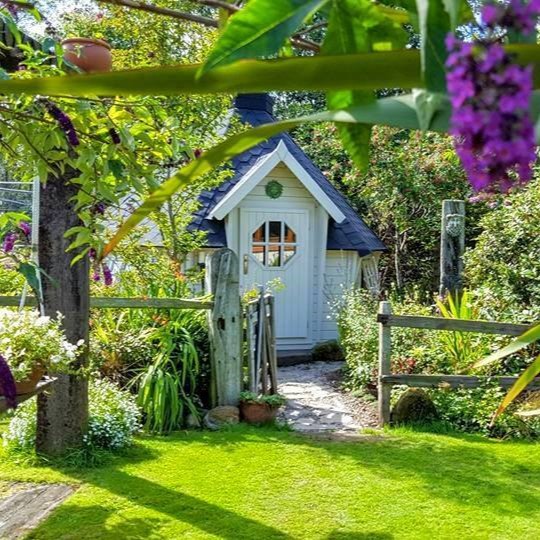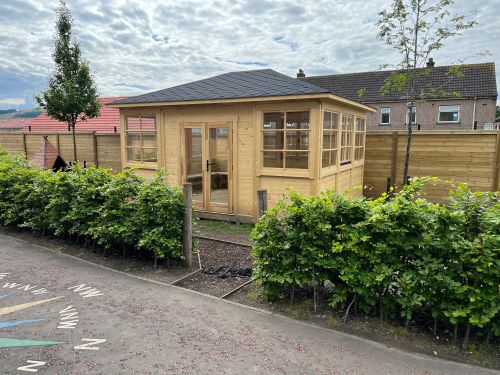It is important for outdoor huts and gazebos to have a fire safety plan.
There are many hazards that could potentially cause damage to log cabins, so it is essential to recognise these and put objectives in place to proactively avoid them.
Some of the most common fire risks are electrical appliances and wood burners, yet taking the appropriate steps to negate issues can be easily done. For example, all electrical devices must be installed by a fully qualified engineer, and smaller items such as kettles and toasters should be PAT tested.
Wood burning stoves and fireplaces must be cleaned regularly, and all fires extinguished thoroughly after use. Any flammable liquids should also be securely stored.
Installing smoke and fire detectors in garden cabin rooms is a quick and easy way to increase the safety of these structures. These alarms should be located in key areas of the log cabin and tested on a frequent basis.
Having fire extinguishers placed inside the likes of BBQ huts can ensure that as little damage as possible is done to the cabin in the event of a fire. Sprinklers may also be appropriate, but these tend to be better suited to larger, more residential log cabins. Finally, in the case of a serious fire, an evacuation plan with clearly accessible exits is crucial.
Contact us today at Logspan to learn more about our range of bespoke log cabins. Our team are experts in their sector, and would be happy to answer any questions you may have.















